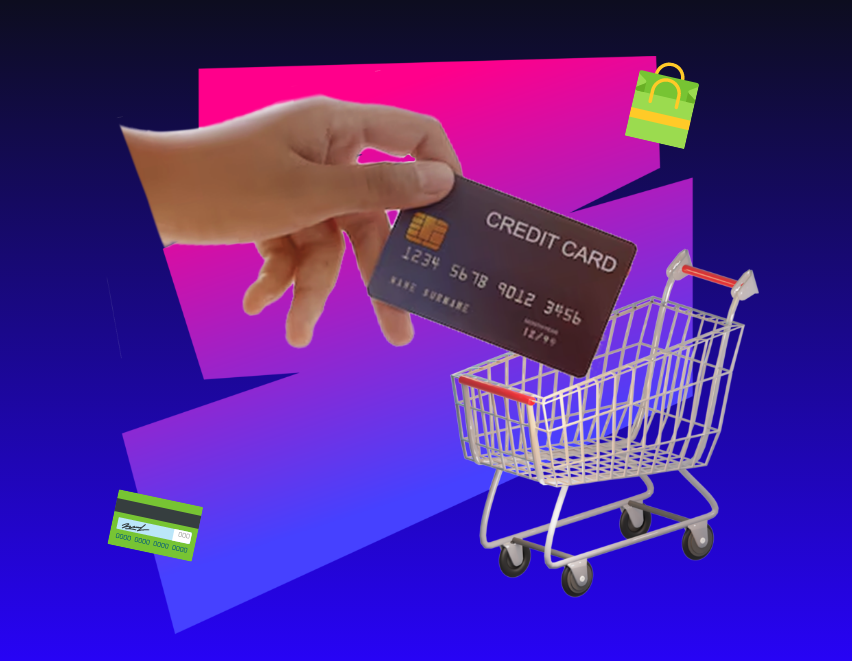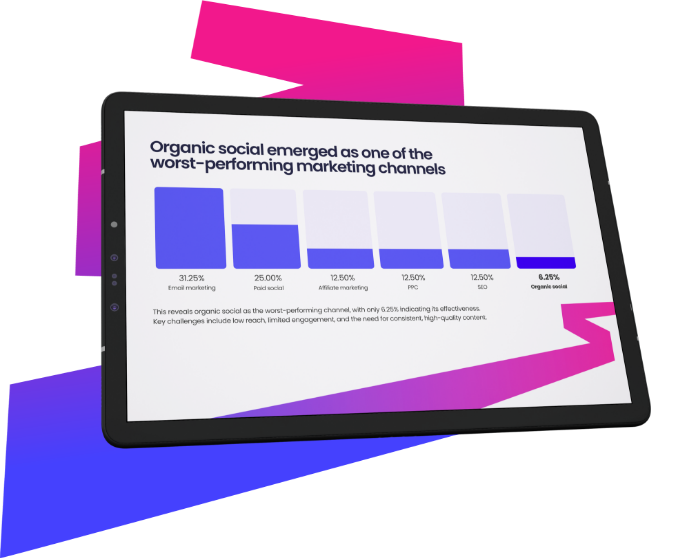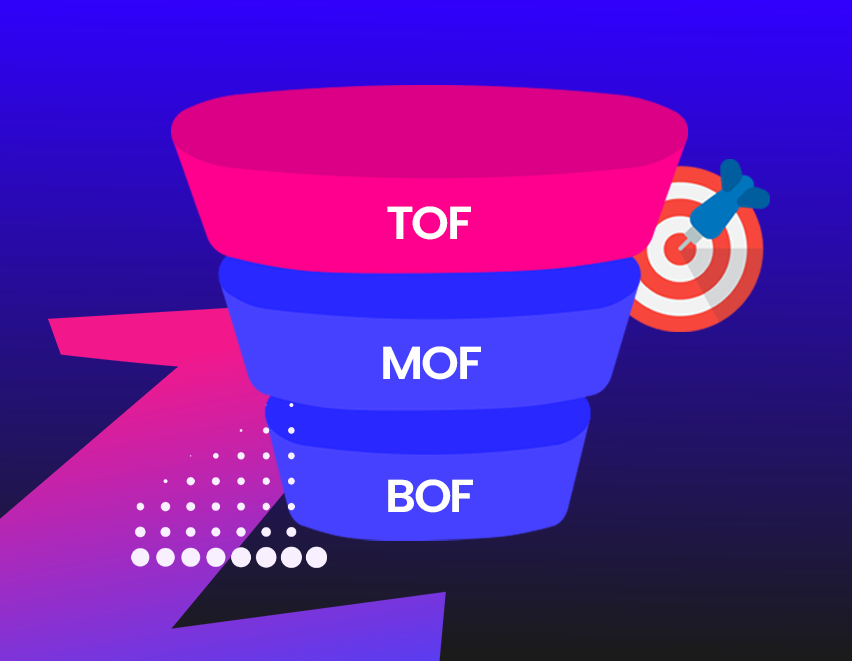In the fast-paced world of e-commerce marketing, if content is queen, data is king. If a brand wants to stay ahead, using data-driven insights is crucial for informing its strategy, optimising performance, driving sales, and enhancing customer experiences.
As we step into 2025, there are plenty of powerful tools designed to help businesses leverage data for smarter decision-making.
Here we look at the top data analytics and insights tools that can help brands turn raw data into actionable insights. From tracking customer behaviour, and keeping a close watch on trends, these tools are game-changers for brands looking to leverage data.
Here are some of our top picks…
SimilarWeb
Best for: Competitor analysis and market research
SimilarWeb is a powerful tool that helps e-commerce brands understand their competitors’ strategies by providing deep insights into traffic sources, audience demographics, and engagement metrics. It enables businesses to stay ahead by identifying industry trends and benchmarking their performance against competitors.
Key features
- Competitor traffic analysis
- Market trend reports
- Audience demographics and interests
Our verdict
For brands looking to gain a competitive edge, SimilarWeb offers comprehensive insights that are essential for strategic planning and market positioning.
Google Analytics
Best for: Tracking website performance
Google Analytics is a staple in the world of digital marketing. It allows e-commerce brands to track website traffic, user behaviour, and conversion rates. With its robust reporting features, businesses can gain insights into what’s working and what needs improvement to boost engagement and sales.
Key features
- Real-time tracking of website performance
- Customisable reports and dashboards
- Audience segmentation for targeted marketing
Our verdict
A must-have for any e-commerce business, Google Analytics provides a foundational understanding of customer interactions, making it easier to optimise your website for better performance.
Supermetrics
Best for: Automating marketing data reporting
Supermetrics integrates seamlessly with platforms like Google Sheets, Excel, and Data Studio to automate data collection and reporting. It pulls data from various sources like Google Trends, Keyword Planner, Facebook Ads, Google Ads, and LinkedIn, allowing brands to create comprehensive reports that save time and track trends to improve decision-making.
Key features
- Integration with multiple marketing platforms
- Automated data extraction and reporting
- Custom dashboards for campaign tracking
Our verdict
Supermetrics is perfect for e-commerce brands looking to streamline their data collection and reporting processes. It simplifies data management, allowing marketing teams to focus on strategy rather than data collection.
Hotjar
Best for: Understanding user behaviour on websites
Hotjar provides heatmaps, session recordings, and user feedback tools that help brands understand how customers interact and engage with their websites. By visualising user behaviour, businesses can identify pain points and optimise their site for better user experience and higher conversion rates.
Key features
- Heatmaps and session recordings
- Customer surveys and feedback polls
- Conversion funnel analysis
Our verdict
If you want to optimise your website’s user experience, Hotjar is an invaluable tool. It allows you to see exactly where users are dropping off and how to improve your site’s navigation and layout.
SEMrush
Best for: SEO and keyword research
SEMrush is an all-in-one SEO tool that helps e-commerce brands optimise their online presence. It offers keyword research, backlink analysis, and competitor tracking, enabling businesses to improve their search engine rankings and drive organic traffic.
Key features
- Comprehensive keyword research
- Backlink tracking and analysis
- Competitor SEO strategy insights
Our verdict
For brands looking to enhance their SEO strategy, SEMrush provides the insights needed to outperform competitors and attract more organic traffic.
Ahrefs
Best for: Backlink analysis and content optimisation
Ahrefs is known for its powerful backlink analysis capabilities. It helps brands discover link-building opportunities, track keyword rankings, and optimise content to rank higher on search engines. Its robust analytics make it a favourite among SEO professionals.
Key features
- Backlink monitoring and analysis
- Content gap analysis for optimisation
- Keyword ranking tracker
Our verdict
Ahrefs is essential for brands focused on improving their SEO performance and gaining a competitive edge in organic search.
Mixpanel
Best for: Tracking user engagement and product analytics
Mixpanel provides advanced product analytics to help brands understand user interactions on their websites or apps. It focuses on tracking customer engagement, allowing businesses to refine their product offerings and enhance user satisfaction.
Key features
- Real-time analytics on user engagement
- Cohort analysis for customer segmentation
- Event tracking for product features
Our verdict
Mixpanel is perfect for brands looking to optimise their product offerings and improve customer retention by understanding user behaviour.
In conclusion
Data is the backbone of any successful e-commerce strategy, and these tools offer invaluable insights to help brands make smarter decisions. Whether you’re optimising your SEO strategy, improving your email campaigns, or tracking user behaviour and/or trends—investing in the right data analytics tool can transform your business.
Each tool on this list serves a unique purpose, so choose the one that aligns best with your business goals. By leveraging the power of data, brands can unlock new growth opportunities, improve customer engagement, and maximise ROI.






















